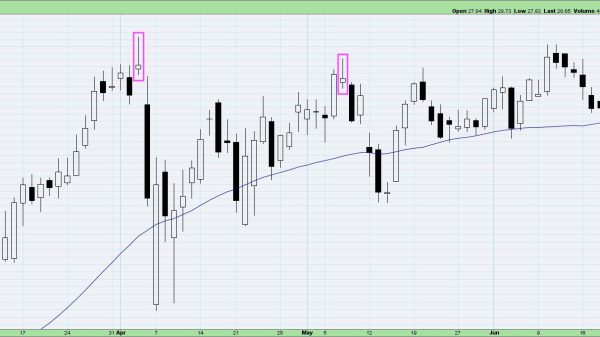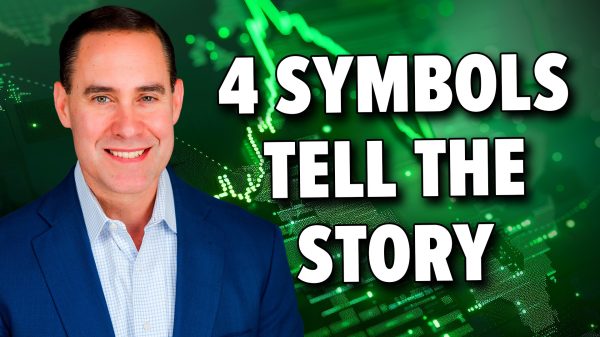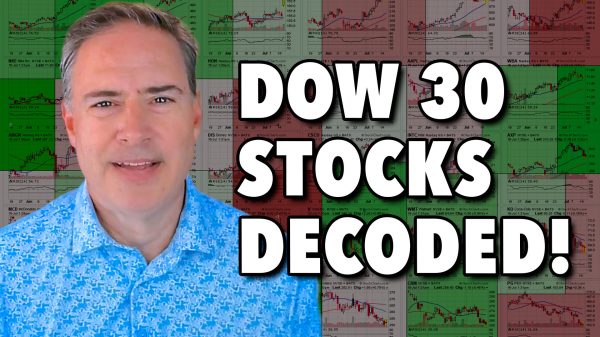Exploring the Buy Today Sell Tomorrow Trading Strategy
The Buy Today Sell Tomorrow (BTST) trading strategy is widely used by stock market traders aiming to profit from short-term market fluctuations. This article examines the details of the BTST trading strategy, contrasts it with other strategies, and discusses the ideal circumstances, advantages, drawbacks, and potential returns associated with it.
What is BTST Trading Strategy and How Does It Work?
BSTS meaning is actually “Buy Today Sell Tomorrow,” and it entails purchasing stocks and holding onto them overnight before selling them the following day.
This method is aimed at traders seeking to capitalize on short-term price fluctuations resulting from overnight price shifts or early morning price breakouts shown in candlestick charts. Traders typically employ this strategy with highly liquid stocks or index-based stocks to facilitate easy entry and exit from the market.
Best BTST Trading Strategies
Now that you understand what BTST in the share market means, let’s explore some of the top BTST trading strategies.
Invest Before Major Events
The fluctuation in the stock market is influenced by various factors such as economic, political, and social events that impact the prices of shares.
To take advantage of this volatility, it is important to monitor these events and invest in specific companies before major events that are expected to affect their stock prices. For instance, a company’s stock price typically increases following positive quarterly earnings reports or the introduction of a new product or service.
Additionally, alterations in monetary policies implemented by central banks can also drive up the values of particular stocks. Therefore, by strategizing your trades around such events, you can benefit from short-term price changes.
Pick Liquid Stocks
When engaging in BTST trading, it is essential to choose stocks that have a high level of trading activity and liquidity.
This will allow you to close your position the following day without experiencing any issues with order execution or incurring a high impact cost (i.e., receiving an unfavorable price for large trades).
To identify liquid stocks, it is recommended to analyze metrics such as average daily trading volume, market capitalization, and bid-ask spread.
Place a Stop-Loss and Target Price
It’s helpful to set a stop-loss and target price when doing BTST trades to limit losses and control risk. A stop-loss is a price where you close the trade if the price goes against you. A target price is a price where you exit the trade to secure profits. Setting a target price helps you lock in profits and avoid losing them if the price changes.
Analyze Candlestick Patterns
Analyzing candlestick charts is crucial in BTST trading because timing the market is key. By integrating market news with candlestick chart analysis, you can identify potential buying chances and refine your BTST approach.
This examination will assist in recognizing price trends and potential reversals or continuations in price movement.
Difference Between BTST and STBT in Intraday Trading
BTST, or Buy Today Sell Tomorrow, refers to holding positions overnight to capture gains, while STBT, or Sell Today Buy Tomorrow, involves short selling to profit from expected declines.
Intraday trading involves closing positions within the same trading day. BTST and STBT allow traders to carry positions overnight, with BTST focusing on overnight gains and STBT aiming to profit from anticipated declines.
When Should You Avoid BTST Trading Strategy?
BTST trading may not be appropriate in every market situation. It is advisable for traders to refrain from BTST during times of heightened short-term volatility, as this could result in unexpected overnight price shifts.
Additionally, risks may surpass potential gains during periods of significant economic news releases or when a stock is set to announce important updates after market hours.
How to Avoid STT and Short Delivery Issues While Doing BTST Stock Trading?
One major issue with BTST trading is the possibility of attracting higher Securities Transaction Tax (STT) if the stocks are not sold intraday.
To avoid this, ensure that the demat account is properly set up to handle these transactions as intraday. Additionally, traders need to monitor the liquidity of btst stocks to avoid ‘short delivery’ problems, which occur when the seller fails to deliver the stock to the buyer.
How to Use the BTST Trading Strategy?
To effectively use the BTST strategy, traders should:
Select highly liquid stocks to ensure easy entry and exit. Use technical analysis to identify overnight price movements and price breakouts. Set stop loss orders to manage risk effectively. Monitor the stock market for any significant after-hours news that might affect stock prices.What are the Benefits and Limitations of the BTST Strategy?
Benefits:
Allows traders to book profits from short-term price movements. Provides the advantage of short-term price changes without the need to monitor positions throughout the trading day. Can be highly profitable in a bull market where overnight prices tend to increase.Limitations:
Risk of significant overnight price drops. Dependence on market liquidity and the risk of failed deliveries. Requires accurate timing and market analysis to be successful.Picking BTST stocks
The finest BTST stocks are those that are just about to make an upward breakout. For instance, the probability of a price breakthrough is indicated if XYZ’s stocks were trading at Rs 110 at 3 p.m. and then shot up to Rs 115 at 3:15 pm. In this situation, traders may want to use the BTST trading method for the following day’s trading session when the price rises.
Is BTST Trading Profitable?
BTST trading can yield profits if done correctly. It necessitates a strong understanding of market trends, the ability to swiftly analyze price movements, and the discipline to follow stop-loss rules for safeguarding against losses.
Similar to any trading approach, the success of BTST largely relies on the trader’s proficiency in choosing the right stocks and timing their trades to optimize gains while minimizing risks.The BTST trading tactic presents a great chance for traders to profit from overnight price shifts. Nevertheless, it requires meticulous planning, continual monitoring, and strict adherence to risk management principles for success.
Traders keen on this tactic should begin with a clear comprehension of market indicators, have robust risk management strategies in place, and be ready for the inherent volatility that accompanies trading in the stock market.
The post Exploring the Buy Today Sell Tomorrow Trading Strategy appeared first on FinanceBrokerage.
























